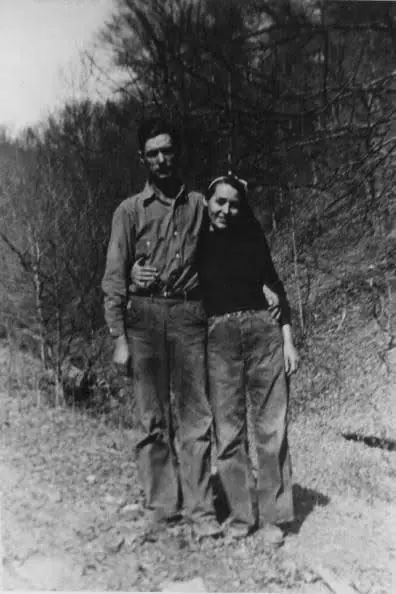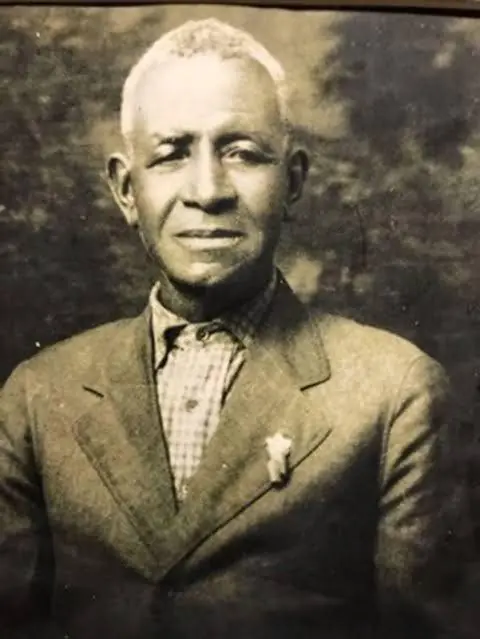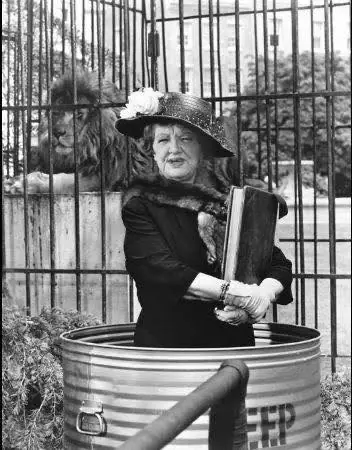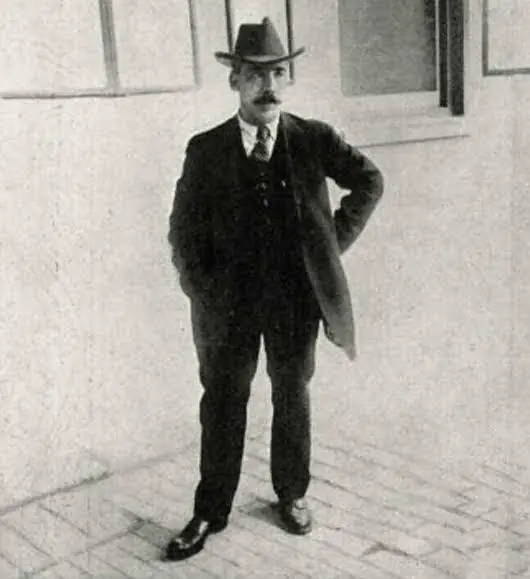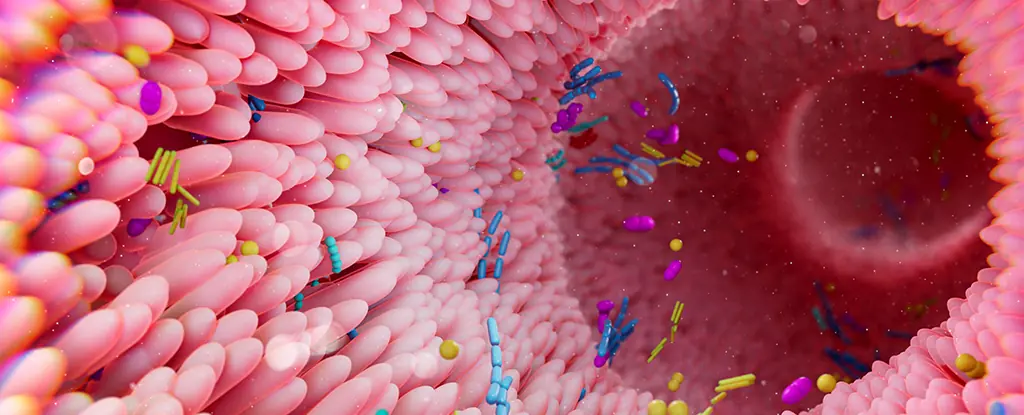In 1948, Rachel Fuller Brown and Elizabeth Lee Hazen discovered Nystatin, the world’s first effective antifungal medication. Learn about their groundbreaking work and the legacy they left in medicine and beyond.
 In 1948, two women working in different cities made a discovery that would forever alter the course of medicine. Rachel Fuller Brown, based in Albany, and Elizabeth Lee Hazen, working in New York City, were far from the image of well-funded, highly-equipped scientists. They didn’t work in sleek laboratories with the latest technology. But what they did have was determination, resourcefulness, and a unique system that would ultimately change the world.
In 1948, two women working in different cities made a discovery that would forever alter the course of medicine. Rachel Fuller Brown, based in Albany, and Elizabeth Lee Hazen, working in New York City, were far from the image of well-funded, highly-equipped scientists. They didn’t work in sleek laboratories with the latest technology. But what they did have was determination, resourcefulness, and a unique system that would ultimately change the world.
The two women worked together using an unconventional method: Elizabeth would send soil samples to Rachel by mail, and Rachel would test them—again and again. Their collaboration led to an extraordinary discovery that would go on to revolutionize medicine.
From one of those humble soil samples, Rachel and Elizabeth discovered Nystatin—the first effective antifungal medication in history. At a time when antibiotics were becoming widespread and fungal infections were on the rise, this small breakthrough saved countless lives. But the impact didn’t stop at just medical applications.
Nystatin turned out to be a miracle beyond its primary purpose. The medication not only treated fungal infections in humans but also proved to be an effective tool in preserving artworks, protecting trees, and safeguarding historical artifacts from decay. What began as a medication to heal people soon began to heal the world in unexpected ways.
And the most remarkable part of this story is that Rachel and Elizabeth never sought fame or fortune for their groundbreaking discovery. Instead of profiting from the royalties of Nystatin, they chose to donate every dollar to fund future scientific research, creating the Brown-Hazen Fund. This fund continues to support innovation in science to this day.
Their legacy isn’t just in the medication they discovered, but in their selflessness and their commitment to helping others. Rachel Fuller Brown and Elizabeth Lee Hazen weren’t chasing accolades or wealth—they were simply driven by a desire to help, to contribute to the world in a meaningful way.
Their story is a powerful reminder that sometimes, the most world-changing discoveries can emerge from the simplest beginnings. A handful of dirt. A few determined women. And a shared dream to make the world a better place.
Credit to the rightful owner for sharing the inspiring story of Rachel Fuller Brown and Elizabeth Lee Hazen's groundbreaking scientific discovery and their lasting legacy.

 In 1948, two women working in different cities made a discovery that would forever alter the course of medicine. Rachel Fuller Brown, based in Albany, and Elizabeth Lee Hazen, working in New York City, were far from the image of well-funded, highly-equipped scientists. They didn’t work in sleek laboratories with the latest technology. But what they did have was determination, resourcefulness, and a unique system that would ultimately change the world.
In 1948, two women working in different cities made a discovery that would forever alter the course of medicine. Rachel Fuller Brown, based in Albany, and Elizabeth Lee Hazen, working in New York City, were far from the image of well-funded, highly-equipped scientists. They didn’t work in sleek laboratories with the latest technology. But what they did have was determination, resourcefulness, and a unique system that would ultimately change the world.